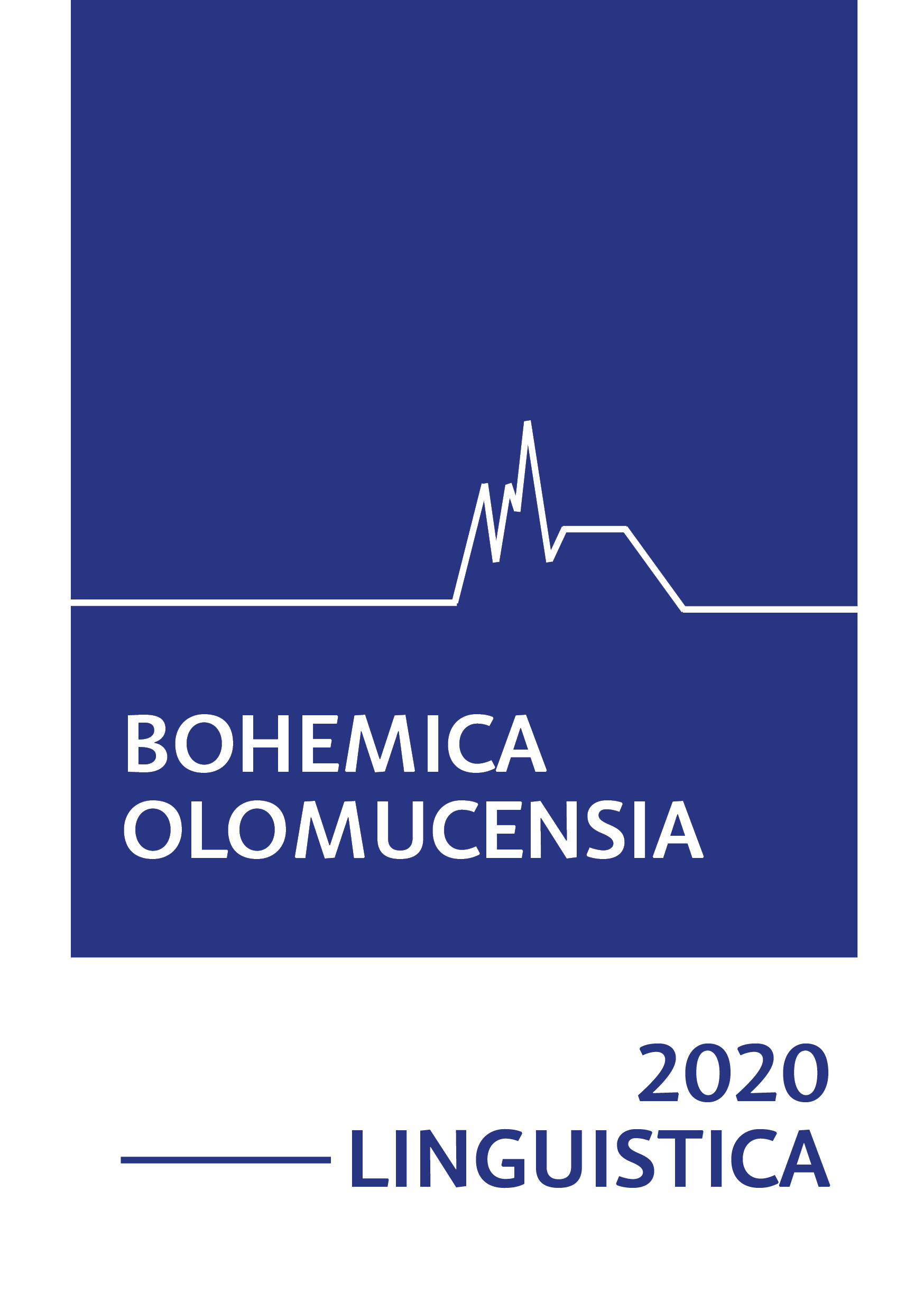Staročeský, staroslovanský a staroslověnský
Old-czech, Old-slavic, and Old-church-slavic
On the Semantic Fields of Three Adjectives
Author(s): Jaroslav DavidSubject(s): Language studies, Language and Literature Studies
Published by: Univerzita Palackého v Olomouci
Keywords: collocation analysis; corpus; old-Czech; old-Slavic; old-Church-Slavic; personal names
Summary/Abstract: The goal of the study is to examine the semantics of adjectives staročeský [old-Czech],staroslovanský [old-Slavic], and staroslověnský [old-Church-Slavic]. The analysis is based on their collocations in the Czech national Corpus data, specifically in the synchronic written corpus SYN, version 8; there, their appearances are compared in the fiction, academic, and opinion journalism subcorpora. The adjectives are used in two basic meanings– they refer to the linguistic-literary facts and to the cultural-historical ones. The adjectives staroslovanský and staroslověnský, regarding the world of Old Slavs and the old-Church-Slavic language, are the most semantically transparent. In case of the adjective staročeský, a reference to the events, cuisine, and food is the striking feature, mostly in opinion-journalism texts; it reflects the usage of the adjective in marketing texts witha semantic shift to ‘having a good quality, traditional’.
Journal: Bohemica Olomucensia
- Issue Year: 12/2020
- Issue No: 2
- Page Range: 34-51
- Page Count: 18
- Language: Czech

